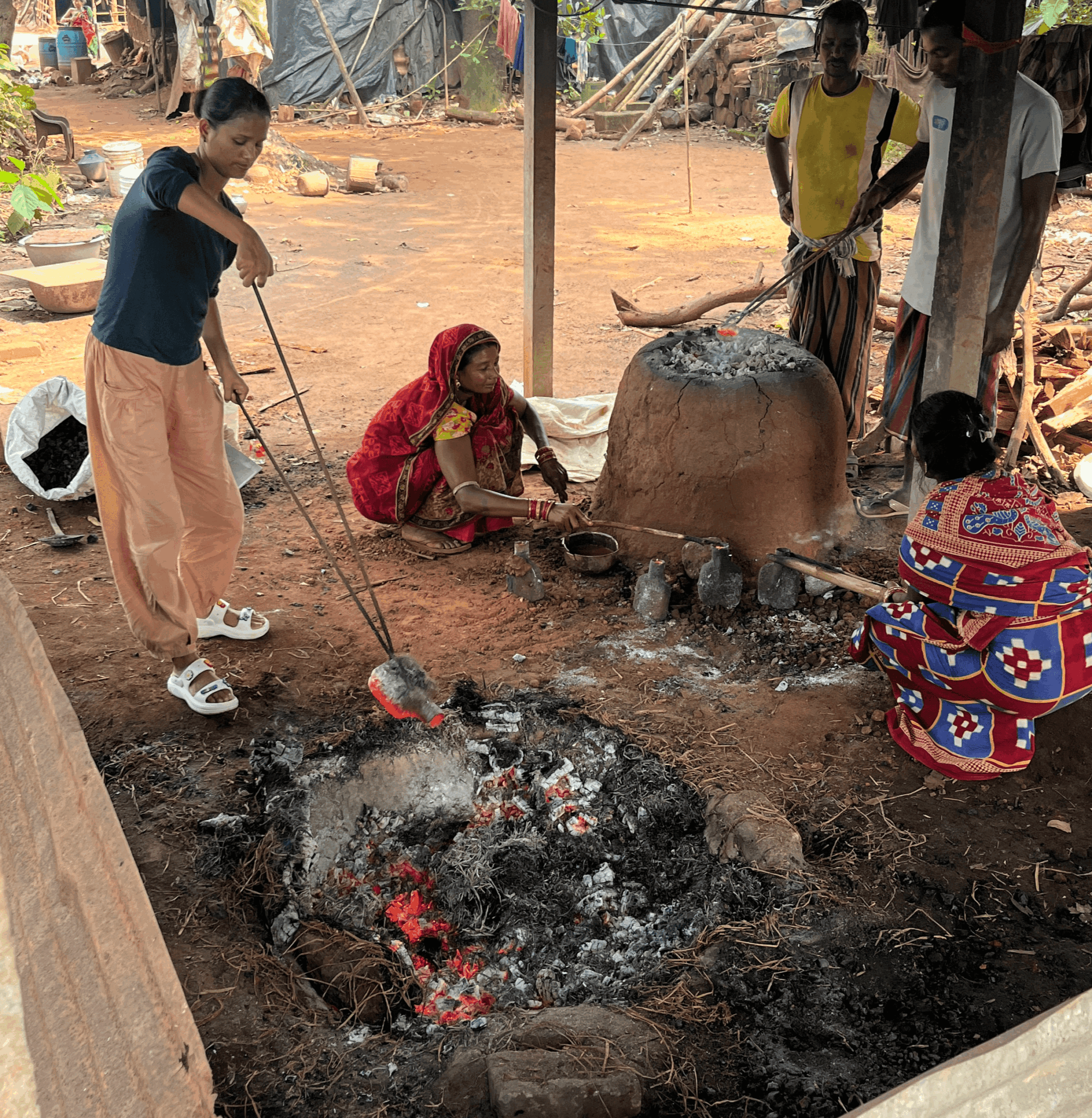We were lucky to catch up with Sewali Deka recently and have shared our conversation below.
Sewali, thanks for joining us, excited to have you contributing your stories and insights. When did you first know you wanted to pursue a creative/artistic path professionally?
Here’s a possible response based on your story:
The first time I knew I wanted to pursue a creative path professionally was when I was a child, playing with clay and learning traditional crafts from my grandfather and uncle in our village, Bongaon. Those early experiences shaped my connection to art and the rural lifestyle. However, it was the loss of my father in 1998 that solidified my resolve to express myself through art.
As I navigated the challenges of growing up and finding my place in the world, art became my sanctuary. I found solace in drawing and crafting, which allowed me to process my emotions and connect with my roots. Despite facing skepticism and criticism from others, I remained committed to my artistic vision.
My journey in fine arts took shape during my graduation, where I explored new ideas and techniques. The experiences and lessons I gained from my time at Kala Bhawan, Shantiniketan, further refined my artistic practice. Today, as an artist, I’m driven to capture the essence of rural life, explore the complexities of space, identity, and transformation, and amplify rural voices and perspectives.
For me, art is not just a profession but a way of life, a means to preserve memories, and inspire empathy and understanding. I’m excited to continue exploring themes that resonate with me and pushing the boundaries of my creativity.
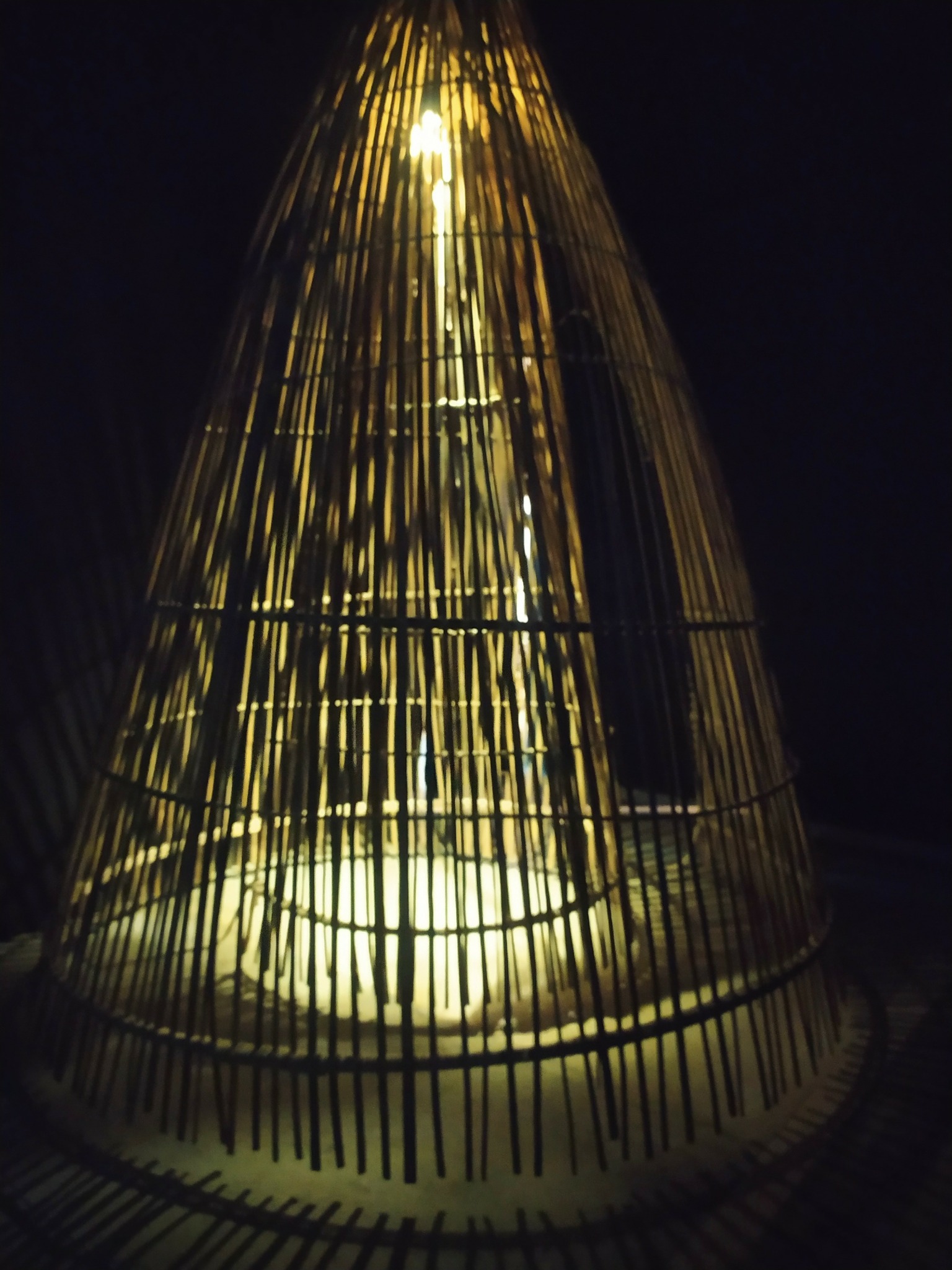
Great, appreciate you sharing that with us. Before we ask you to share more of your insights, can you take a moment to introduce yourself and how you got to where you are today to our readers.
I’m Sewali Deka, an artist and agriculturalist from rural Assam with a deep passion for capturing the essence of rural life, nostalgia, and the intersection of tradition and transformation. My artistic journey has been shaped by my experiences growing up in an agrarian family, where I was exposed to the vibrant colors, textures, and rhythms of rural life.
As an artist, I specialize in painting, sculptural installations, film, and photography, often incorporating traditional techniques and collective working styles of artisans into my practice. My work is rooted in the local culture and environment, and I’m driven to preserve indigenous crafts and farming practices, amplify marginalized voices, and foster community engagement and cultural exchange.
Through my art, I aim to bridge tradition, culture, and environment, while challenging environmental degradation and social injustices. As a woman artist and farmer, I bring a multifaceted perspective to my work, drawing inspiration from indigenous arts, traditional farming, and feminist perspectives and my grandfather and uncle.
What sets me apart is my commitment to community-based projects and participatory processes, which allow me to co-create artworks that are authentic, nuanced, and impactful. I’m proud of the empathetic spaces I’ve created for dialogue, empowerment, and cultural celebration, and I’m grateful for the opportunities to inspire environmental stewardship and amplify marginalized voices.
I invite you to explore my artistic journey, which is deeply connected to the rich traditions and cultural heritage of my homeland. I’m excited to collaborate with like-minded individuals and organizations who share my passion for social and environmental justice, and I’m looking forward to creating meaningful art that inspires and uplifts communities.

How can we best help foster a strong, supportive environment for artists and creatives?
To support artists and a thriving creative ecosystem, society can:
_Provide Access to Resources_
– Funding: Grants, scholarships, and residencies
– Spaces: Affordable studios, galleries, and performance venues
– Materials: Accessible art supplies and equipment
_Foster Community_
– Networking: Events, workshops, and conferences
– Partnerships: Collaborations between artists, businesses, and organizations
– Mentorship: Pairing experienced artists with emerging creatives
_Promote Art Education_
– Integrate arts into school curricula
– Workshops and classes for diverse age groups
– Art appreciation through exhibitions and public art
_Encourage Diversity and Inclusion_
– Showcase diverse artists and perspectives
– Accessible art spaces and programs
– Inclusive funding for underrepresented groups
_Support Creative Industries_
– Incubators for creative startups
– Funding for creative projects and businesses
– Market access for artists
_Value Artistic Contributions_
– Awards and recognition
– Critical discourse and art criticism
– Community engagement
_Emphasize Sustainability_
– Eco-friendly art practices
– Art projects addressing social issues
– Community engagement for social cohesion
By implementing these strategies, society can create a supportive ecosystem for artists to thrive, contributing to a vibrant and inclusive cultural landscape.
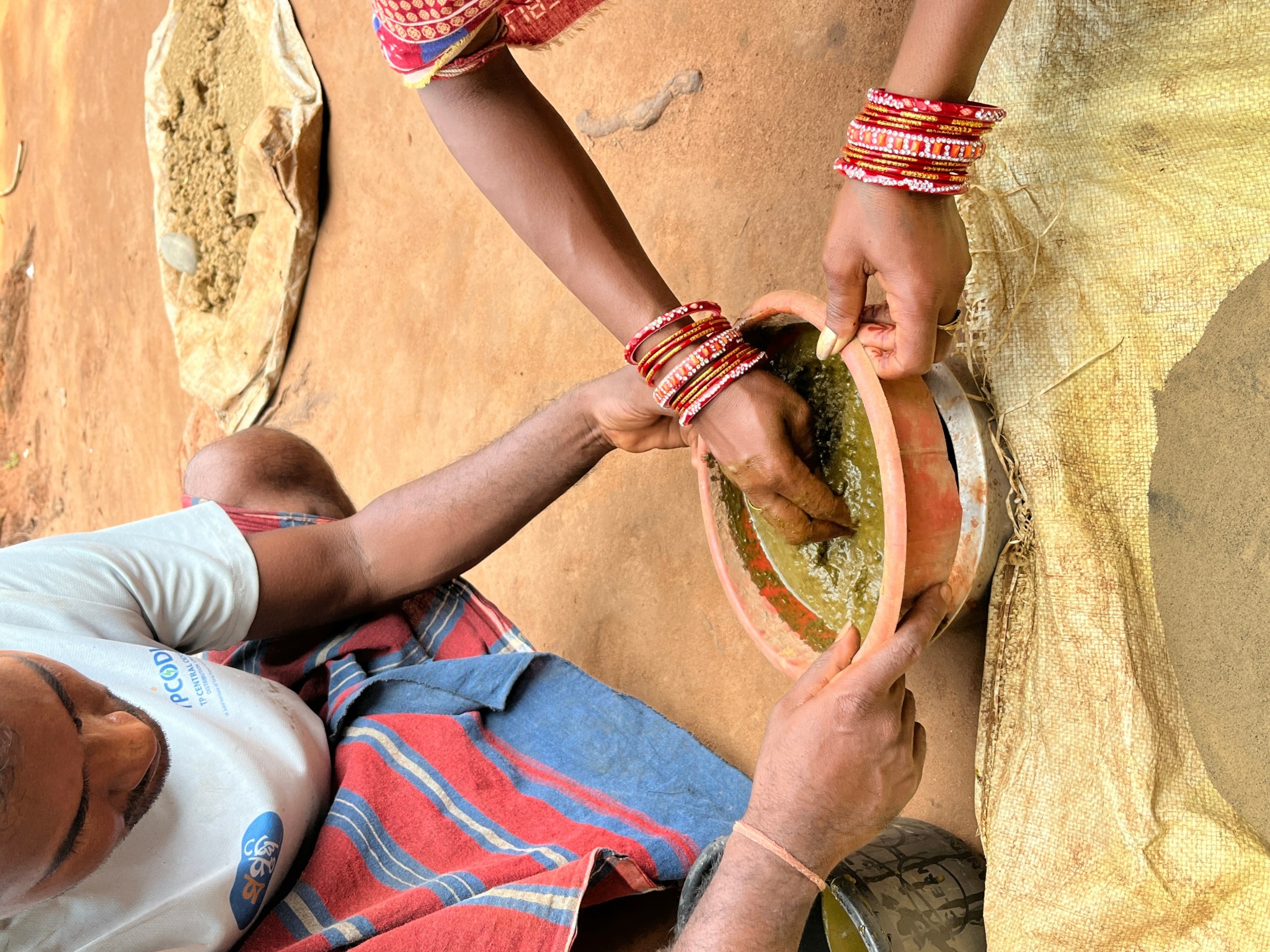
Any resources you can share with us that might be helpful to other creatives?
As an artist, I’ve discovered various resources that have helped me grow. Some valuable ones include:
1. Online platforms like Behance and ArtStation for showcasing work and connecting with peers.
2. Social media for networking, promotion, and community building.
3. Local art schools, workshops, and classes for skill development.
4. Art communities and collectives for support and collaboration.
5. Online forums and groups for feedback and discussion.
Resources I’d have benefited from knowing earlier include:
1. Grant and funding opportunities.
2. Residencies and artist-in-residence programs.
3. Mentorship programs.
4. Art business and marketing courses.
5. Online tutorials and skill-sharing platforms.
These resources can help artists navigate their creative journey, build their audience, and sustain their practice.
Contact Info:
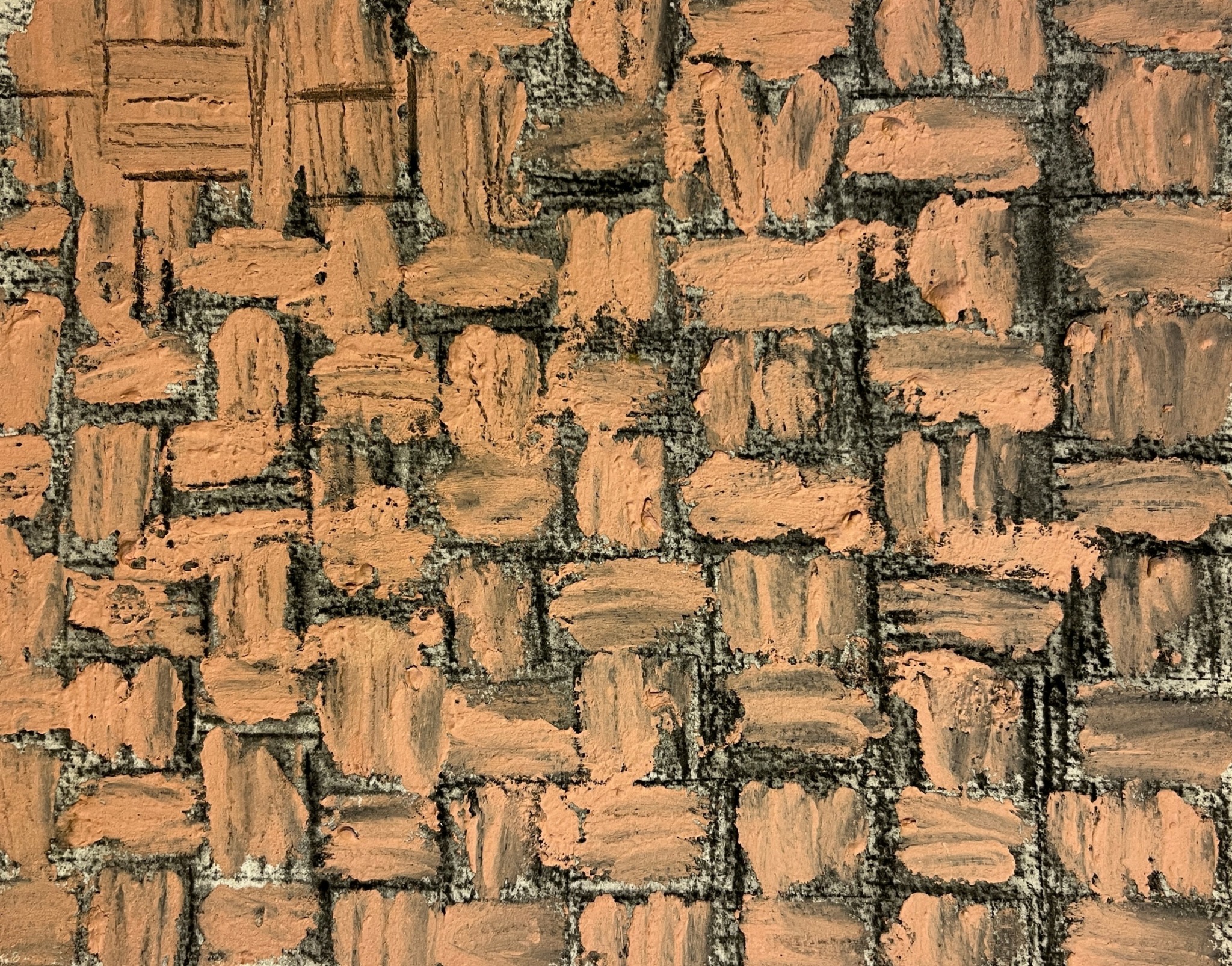

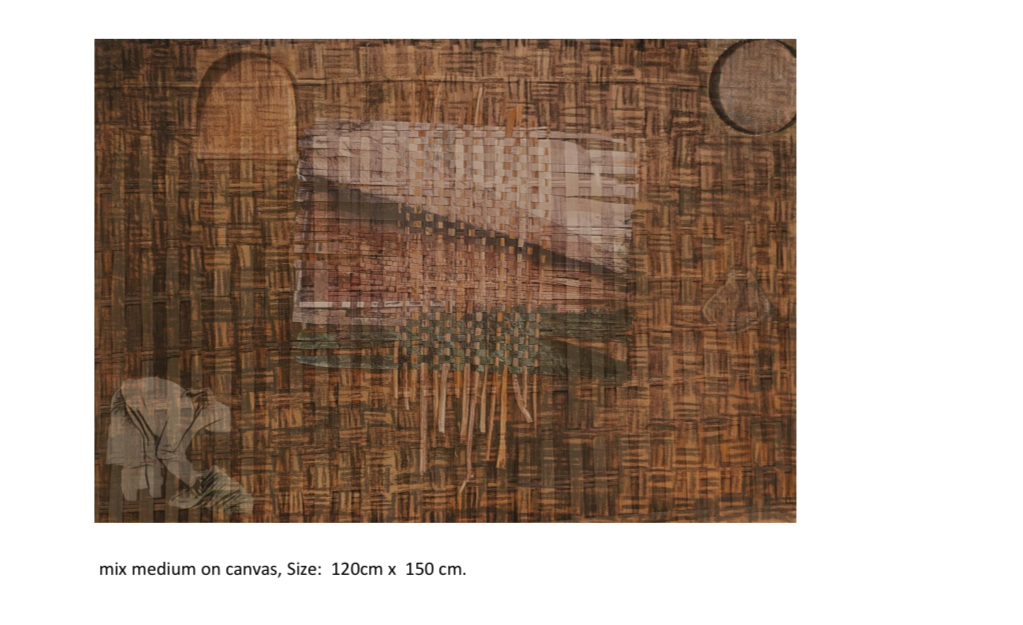
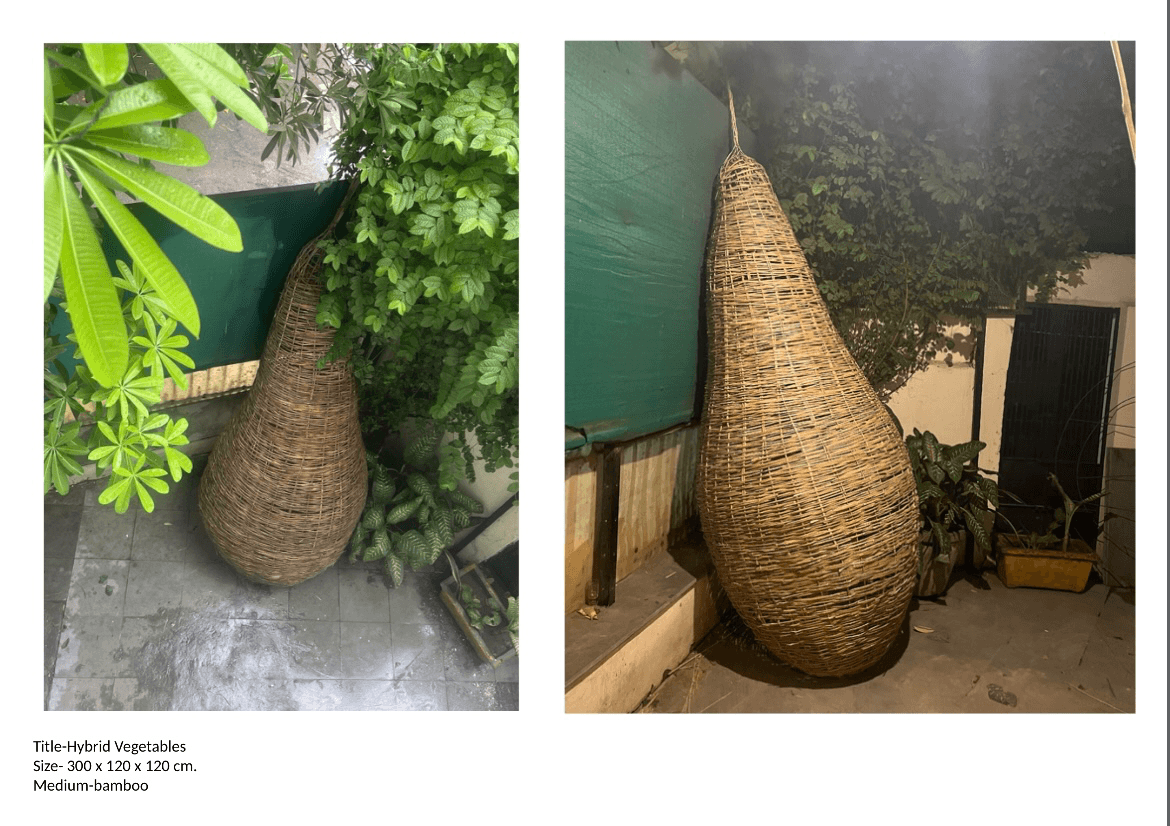
Image Credits
Personal photograph credit -Tapan Moharana


